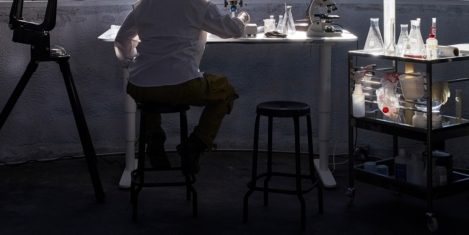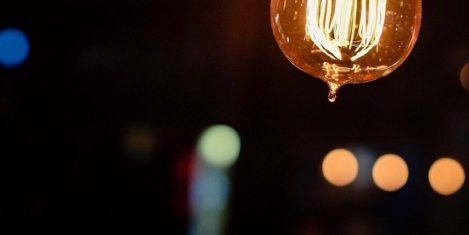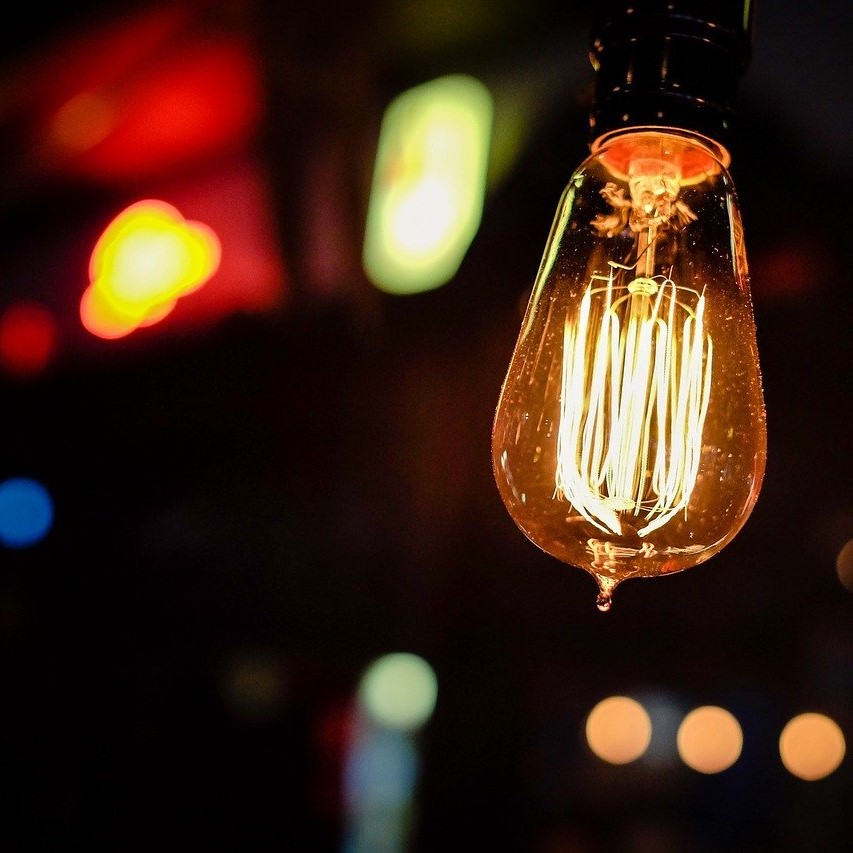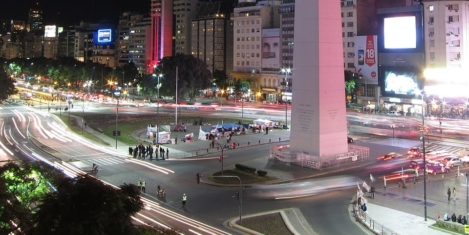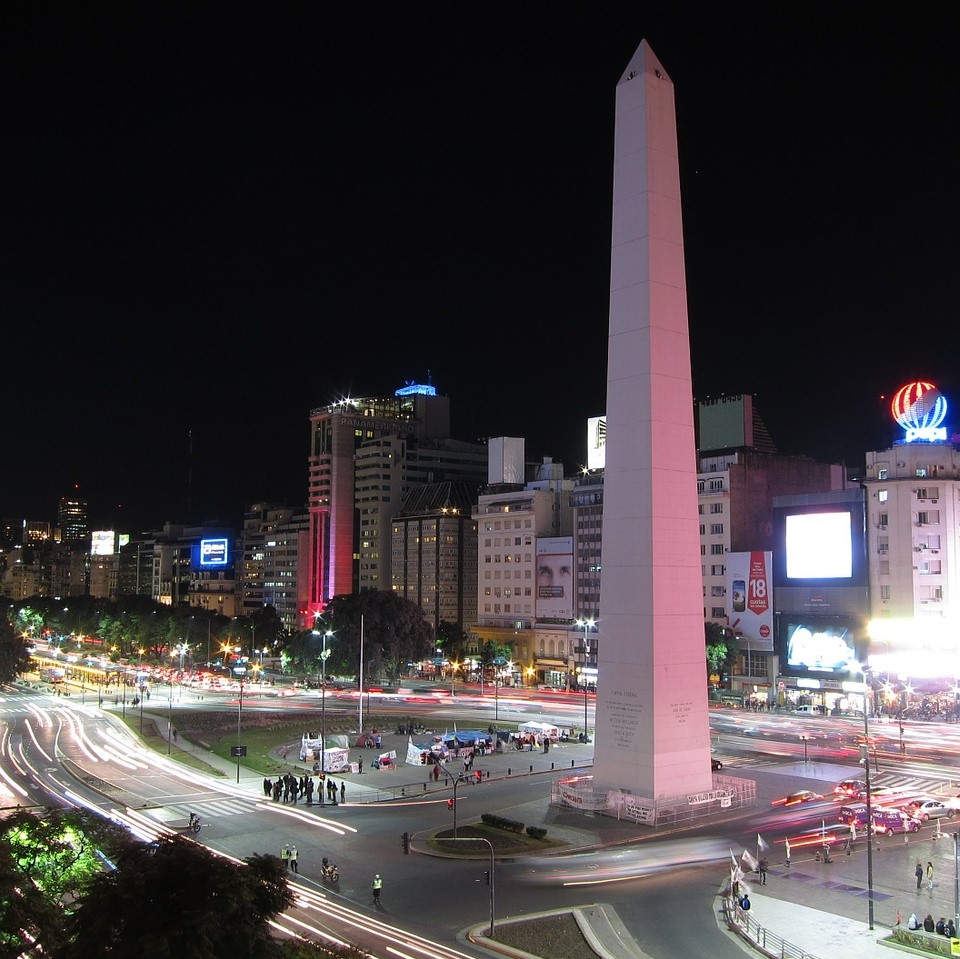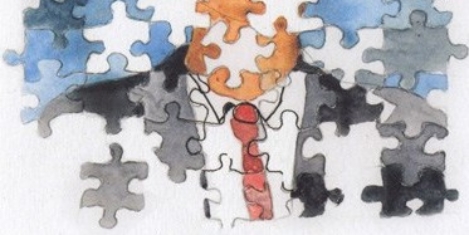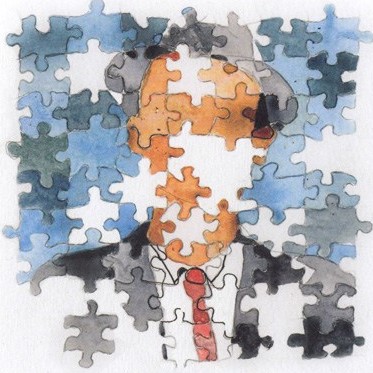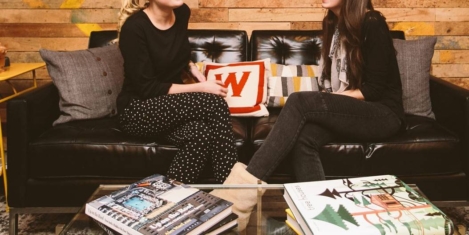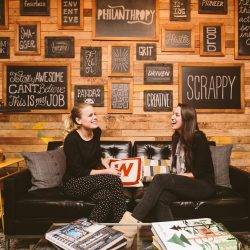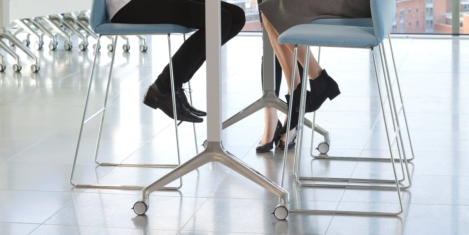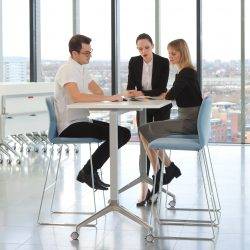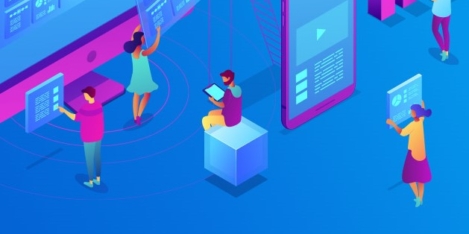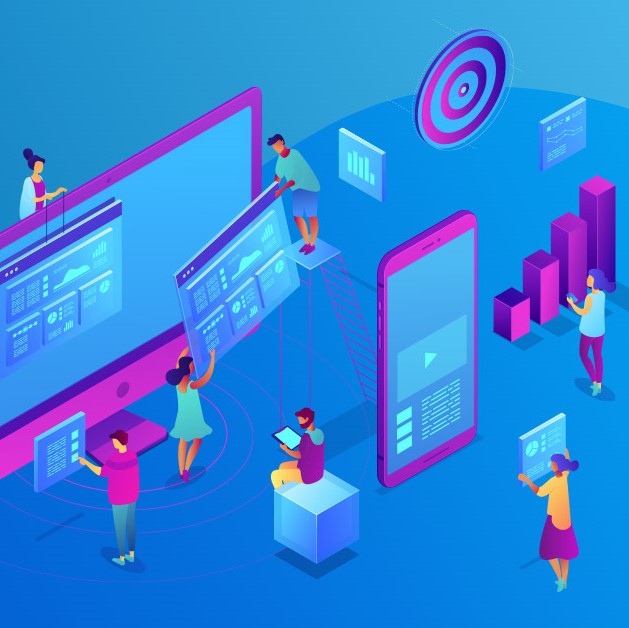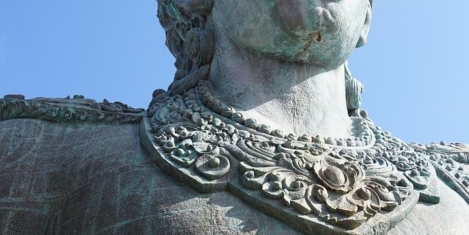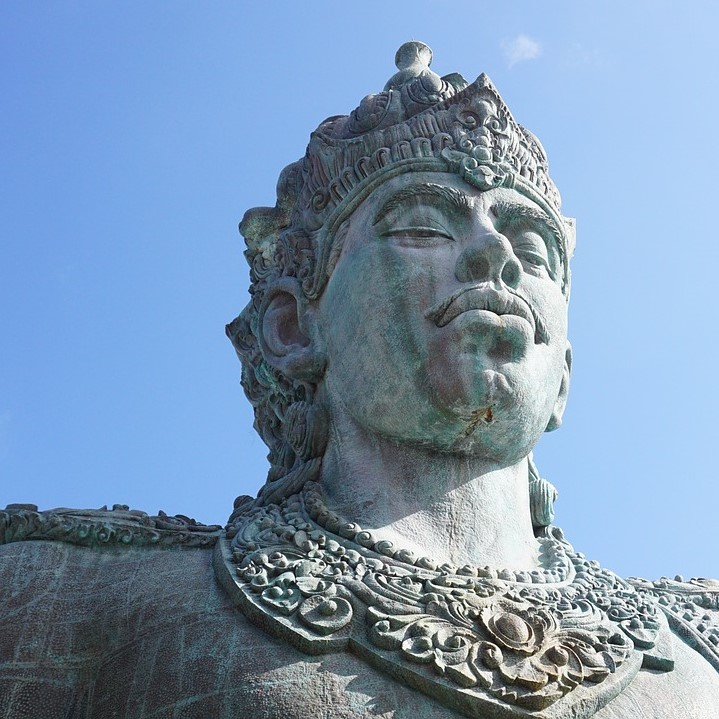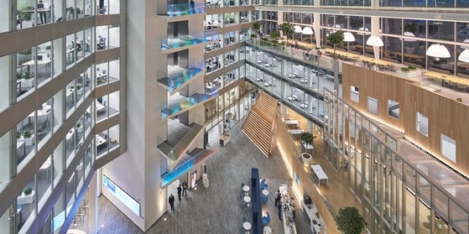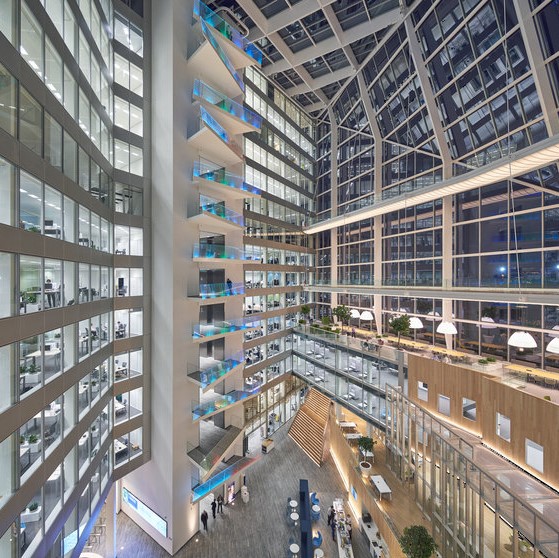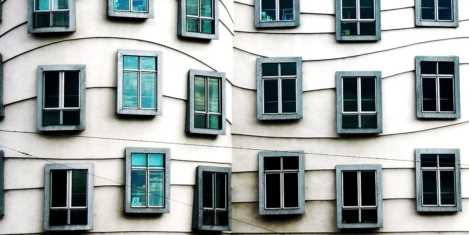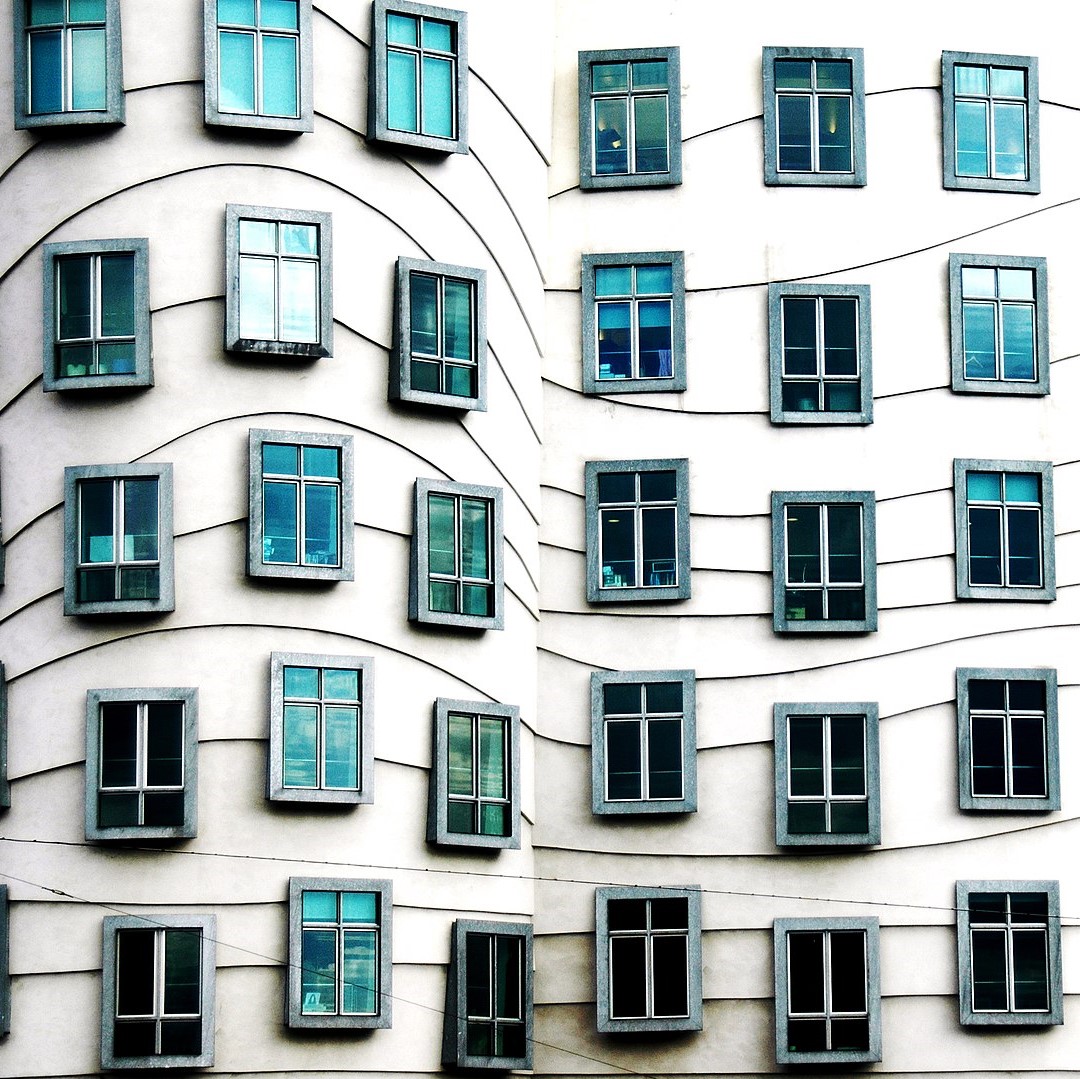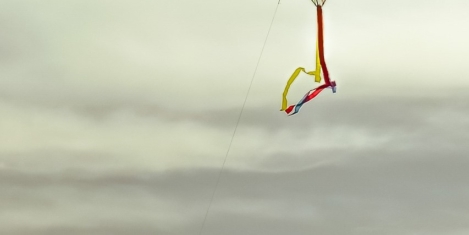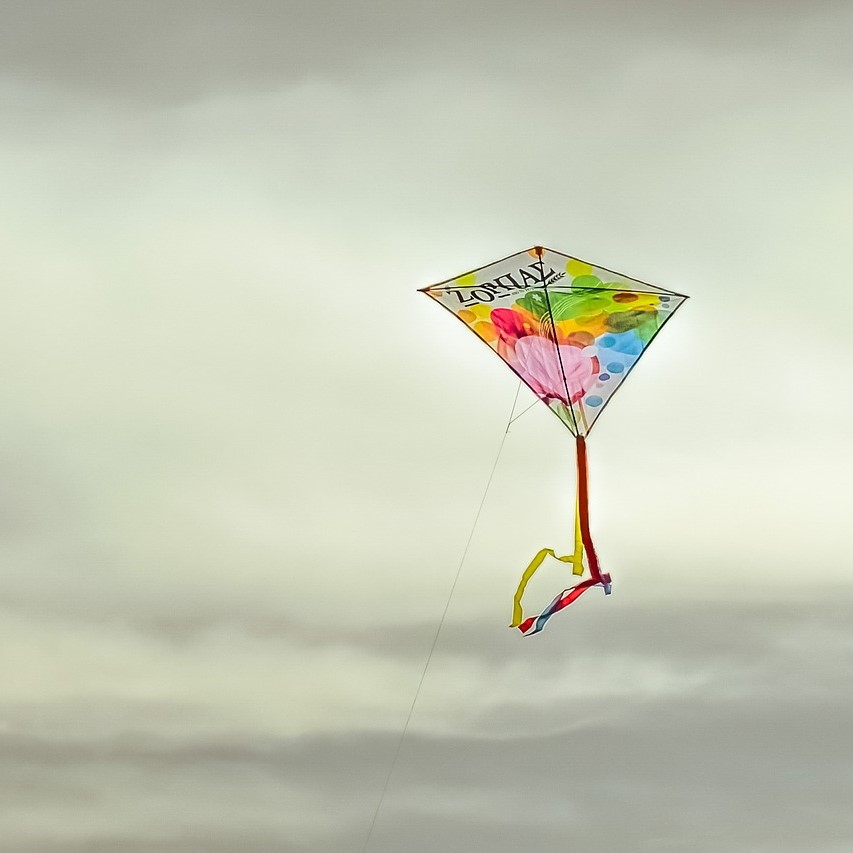To provide the best experiences, we use technologies like cookies to store and/or access device information. Consenting to these technologies will allow us to process data such as browsing behaviour or unique IDs on this site. Not consenting or withdrawing consent, may adversely affect certain features and functions.
The technical storage or access is strictly necessary for the legitimate purpose of enabling the use of a specific service explicitly requested by the subscriber or user, or for the sole purpose of carrying out the transmission of a communication over an electronic communications network.
The technical storage or access is necessary for the legitimate purpose of storing preferences that are not requested by the subscriber or user.
The technical storage or access that is used exclusively for statistical purposes.
The technical storage or access that is used exclusively for anonymous statistical purposes. Without a subpoena, voluntary compliance on the part of your Internet Service Provider, or additional records from a third party, information stored or retrieved for this purpose alone cannot usually be used to identify you.
The technical storage or access is required to create user profiles to send advertising, or to track the user on a website or across several websites for similar marketing purposes.
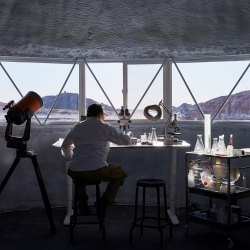 Somewhere in the Utah desert, there is a small living pod designed to emulate conditions on Mars for a group of scientists keen to explore how we might colonise that red planet after messing this blue one up. This came as a surprise to me as did the news that Ikea has been on site recently installing some of its furniture for the occupants. Next up perhaps, an installation of Billy bookcases on the International Space Station as scientists explore the effects on people of a lost screw in zero gravity. I am Jack’s unconstrained rage. (more…)
Somewhere in the Utah desert, there is a small living pod designed to emulate conditions on Mars for a group of scientists keen to explore how we might colonise that red planet after messing this blue one up. This came as a surprise to me as did the news that Ikea has been on site recently installing some of its furniture for the occupants. Next up perhaps, an installation of Billy bookcases on the International Space Station as scientists explore the effects on people of a lost screw in zero gravity. I am Jack’s unconstrained rage. (more…)




